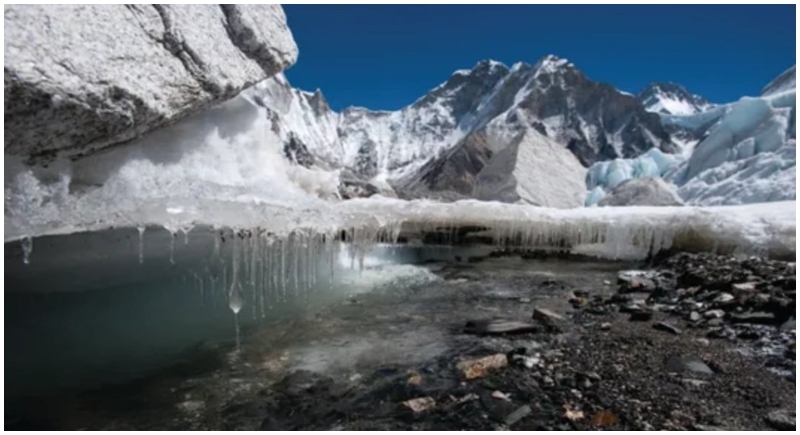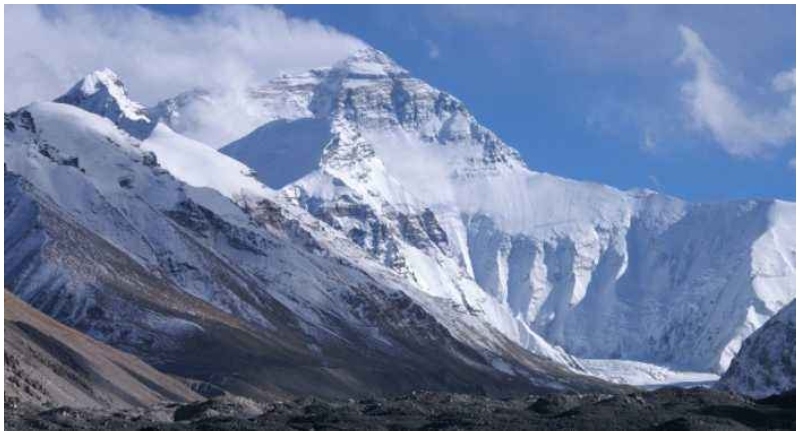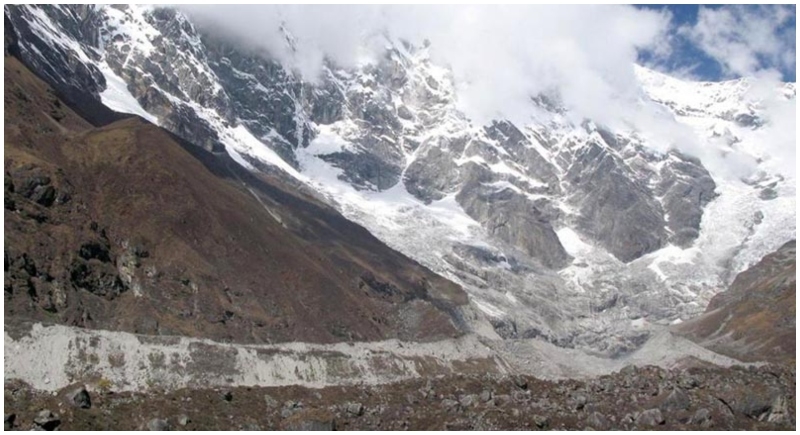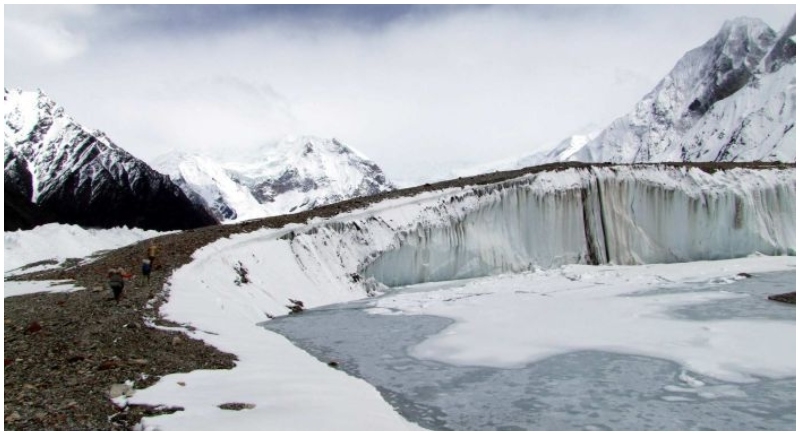Are we doing enough to curb global warming? Scientists warn, Two-thirds of Himalayan glaciers could melt by 2100
Kathmandu, February 6: Global warming is on a rise and it is fact that cannot be denied. Human interests have been given top priorities instead of thinking about the adverse effect on the environment. Steps are taken to control global warming but to no avail because the efforts are not rooting the fruits of good results.

In a comprehensive study by the Hindu Kush Himalaya report which released in Kathmandu on Monday the scientists have warned that two thirds of Himalayan glaciers could melt by 2100 if global warming not reduced. According to the report, the most ambitious Paris Agreement goal of limiting global warming to 1.5 degrees would lead to melting of one-third of the region’s glaciers.
The study warns that if global climate efforts fail, the current emissions would lead to five degrees in warming and a loss of two-thirds of the region’s glaciers by 2100. The report said Himalayan glaciers are critical water source to some 250 million mountain dwellers and 1.65 billion others living in the river valleys.

Philippus Wester of the International Centre for Integrated Mountain Development (ICIMOD), who led the report, said in a press release “Global warming is on track to transform the frigid, glacier-covered mountain peaks of the HKH cutting across eight countries to bare rocks in a little less than a century. Impacts on people in the region, already one of the world’s most fragile and hazard-prone mountain regions, will range from worsened air pollution to an increase in extreme weather events."
Director General of ICIMOD, David Molden said "the massive size and global significance of the Hindu Kush Himalaya region is indisputable, yet this is the first report to lay down in definitive detail the region’s critical importance to the well-being of billions and its alarming vulnerability, especially in the face of climate change."

Deputy DG of ICIMOD, Eklabya Sharma said frequency, impact and intensity of disasters has increased in the region. He said many big and flash floods, glacier lake outburst, dam floods and landslides have been witnessed in recent years. Sharma said that if urgent action is not taken there will be a huge cost, both regionally as well as globally. The report was prepared over five years and it includes insight by more than 350 researchers and policy experts from 22 countries and 185 organizations, 210 authors, 20 review editors and 125 external reviewers.
The HKH region covers 3,500 kilometers across Afghanistan, Bangladesh, Bhutan, China, India, Myanmar, Nepal and Pakistan. Nestled in its record-breaking peaks, glaciers feed 10 of the world’s most important river systems, including the Ganges, Indus, Yellow, Mekong and Irrawaddy.

The region also have four of the world’s biodiversity hotspots. Though the mountainous region was formed around 70 million years ago, its glaciers are extremely sensitive to the changing climate. Since the 1970s, when global warming first set in, these ice masses have steadily thinned and retreated, and snow-covered areas and the amount of snow have decreased. These changes have ripple effects felt throughout the region.